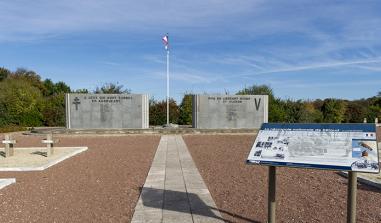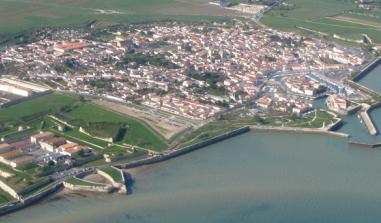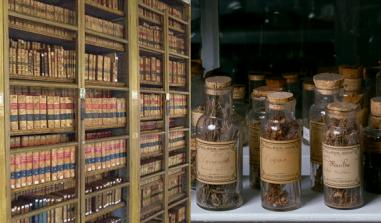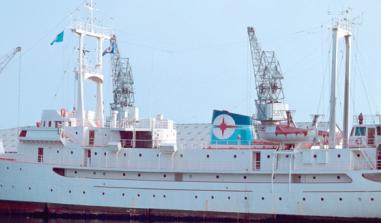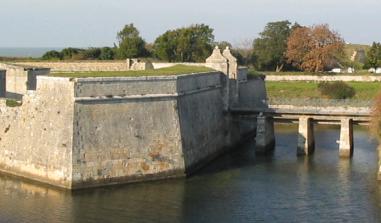Fort Liédot
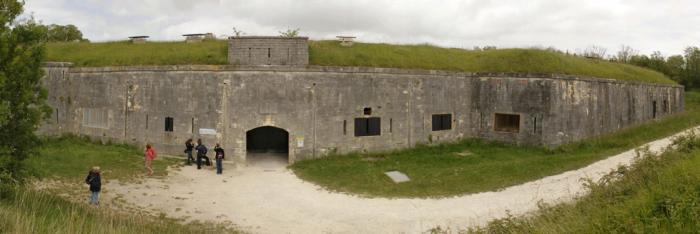
Fort Liédot. Panoramique façade sud-ouest. Source : © Llann Wé² - License Creative Commons - Libre de droit
Fort Liédot
In 1808, during an inspection of the site works at Fort Boyard, Napoleon decided to complete the defensive system of Rochefort harbour by having a fort built on the highest point at Aix, at the eastern end of the island. Square in shape, this bastioned fort measuring over 90 metres wide was built in stone and was fully casemated. Four galleries lead off in different directions from the interior courtyard, serving the casemates located beneath the bastions, with each curtain wall containing four vaulted casemates for accommodating the troops. Protected by a thick earth embankment and covered with a grass slope, the fort was surmounted by an impressive circular walkway.
Square in shape, this bastioned fort measuring over 90 metres wide was built in stone and was fully casemated. Four galleries lead off in different directions from the interior courtyard serving the casemates located beneath the bastions, with each curtain wall containing four vaulted casemates for accommodating the troops. Protected by a thick earth embankment and covered with a grass slope, the fort was surmounted by an impressive circular walkway. Between the 12th and 15th of July 1815, Napoleon spent his last days on French soil at Fort Liédot, before giving himself up to the British and leaving for Saint Helena. During the Crimean War led by Napoleon III, about a thousand defeated Russian soldiers were detained inside the fort, which was later abandoned, as the use of rifled artillery considerably reduced the resistance capacity of stone fortifications. That is why firing tests were carried out on Fort Liédot from 1863: although the casemates were able to withstand it, all the walls exposed to artillery volleys were destroyed. Despite this partial destruction, the fort's role as a prison was not weakened and several hundred communards were imprisoned within its walls from 1871 to 1872 as they awaited their departure for New Caledonia.
It was used as a detention centre for German prisoners during the First World War, before fulfilling a completely different role between the wars, when it was temporarily turned into a pleasant holiday resort for summer camps. Between 1959 and 1961, Fort Liédot held its last prisoners to date: the man who was to become President of Algeria, Ahmed Ben Bella, and several of his comrades of the FLN. In 1989, the Ministry of Defence donated Fort Liédot to the coastal conservatory, with the fort now being managed by the island of Aix local authority. There are guided tours in July and August and by appointment from September to June. The fort was restored at the end of the 19th Century, most notably for the installation of guns from the naval infantry on its terraces.
Fort Liédot Mairie of l'île d'Aix Rue Gourgaud 17123 Ile d'Aix Tel. +33 (0) 5 46 84 66 09 Fax + 33 (0) 5 46 84 65 79 E-mail:mairie@iledaix.fr
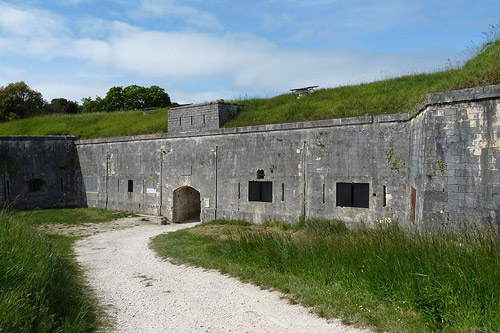
Fort Liédot : entrance. author Ji-Elle. Source: GNU Free Documentation License
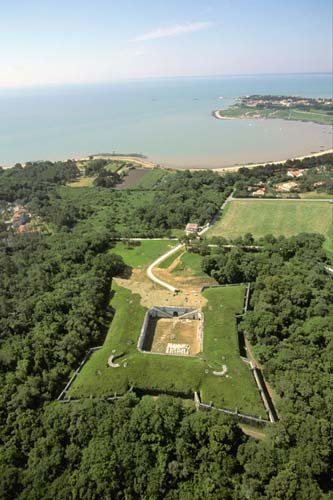
Fort Liédot in the Charente-Maritime. Source: ECPAD
Practical information
17123
Ile d'Aix
05 46 84 66 09
Visites guidées tous les jours en juillet et août, et sur réservation de septembre à juin.


